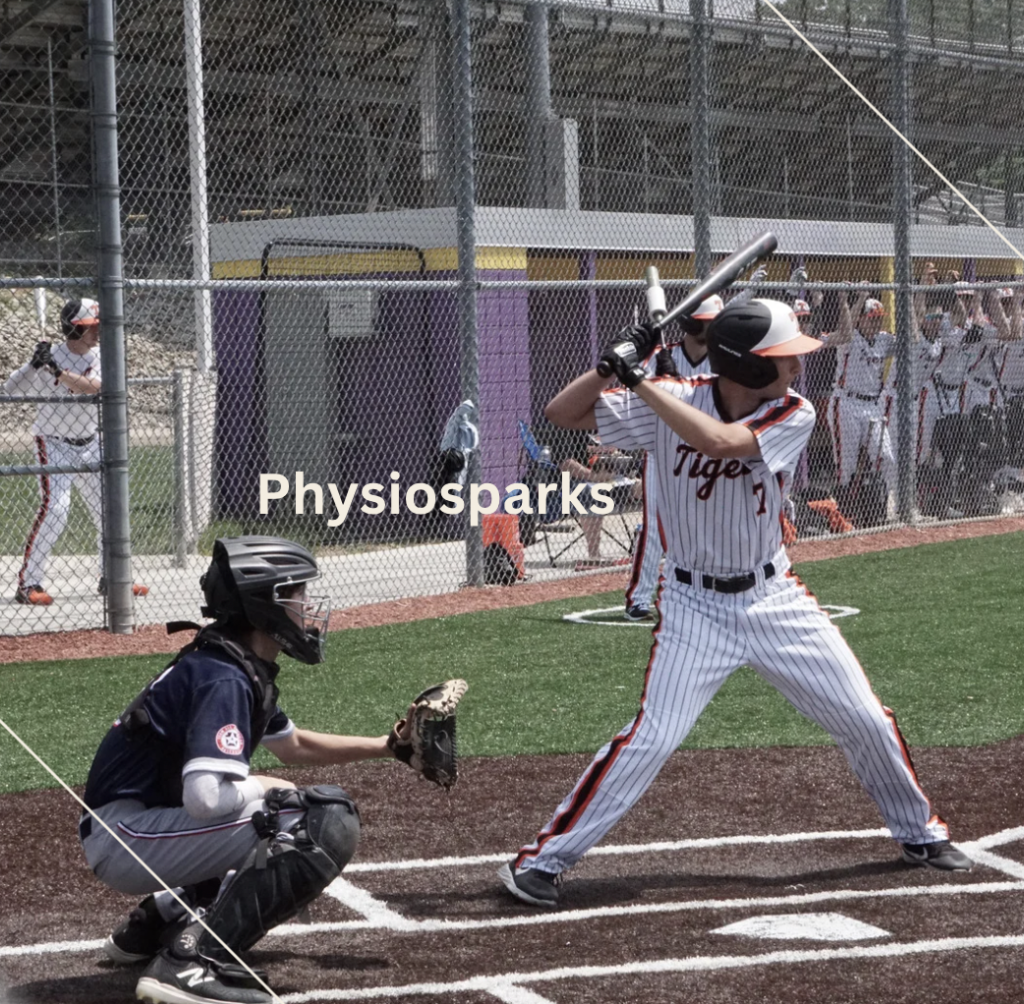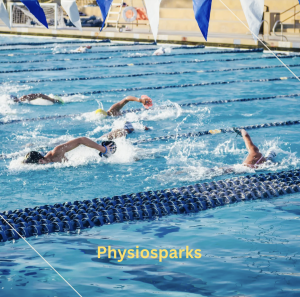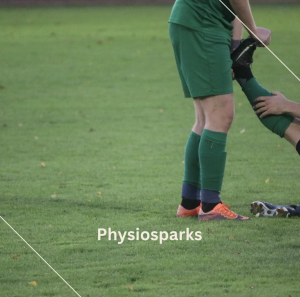Sports Physiotherapy: Elevating Performance, Recovery, and Resilience

Introduction: Behind every record-breaking sprint, flawless serve, and game-winning goal lies a story of dedication, discipline, and often—rehabilitation. Sports physiotherapy is the unsung hero in these narratives, playing a crucial role not just in injury recovery but in optimizing performance and enhancing athletic longevity.

The Dynamic Role of Sports Physiotherapists: Sports physiotherapists are more than just injury managers; they are movement scientists and performance architects. With a deep understanding of biomechanics, they analyze movement patterns, identify potential risk factors, and tailor interventions to enhance athletic output.
- Injury Prevention Through Prehabilitation: Why wait for an injury to occur when it can be prevented? Sports physiotherapists design prehabilitation programs that focus on strengthening vulnerable areas, improving flexibility, and correcting imbalances that could lead to injuries.
- Customized Rehabilitation for Swift Recovery: No two athletes—and no two injuries—are alike. Whether it’s an ACL tear, rotator cuff injury, or Achilles tendon rupture, rehabilitation protocols are meticulously tailored to ensure not just recovery but a return to peak performance.
- Performance Optimization: Beyond healing, physiotherapists work with athletes to improve speed, agility, and endurance. Techniques like proprioceptive training, plyometrics, and functional movement screening elevate an athlete’s game to the next level.

Common Conditions Treated in Sports Physiotherapy:
- Muscle Strains and Ligament Sprains: Swift interventions reduce downtime and prevent recurrence.
- Overuse Injuries: From tennis elbow to runner’s knee, sports physiotherapists address chronic conditions that stem from repetitive stress.
- Post-Surgical Rehabilitation: After procedures like ACL reconstruction or shoulder stabilization, physiotherapists guide athletes through every phase of recovery, ensuring a safe and effective return to sport.

Revolutionizing Sports Through Technology: The future of sports physiotherapy is intertwined with technology. Wearable sensors provide real-time feedback on biomechanics, while virtual reality aids in neuromuscular retraining. These innovations aren’t just enhancing recovery—they’re redefining what’s possible in athletic performance.
Conclusion: In the world of sports, success is measured not just in victories but in resilience and longevity. Sports physiotherapy is the bridge between injury and achievement, recovery and excellence. Because in every athlete’s journey, movement isn’t just a means to an end—it’s the essence of their passion.

Written by Precious Ukachi (PT, B.M.R)

My firend suggested I might like this website. He was totally right. This post actually made my day. You cann’t imagine just how much time I had spent for this information! Thanks!